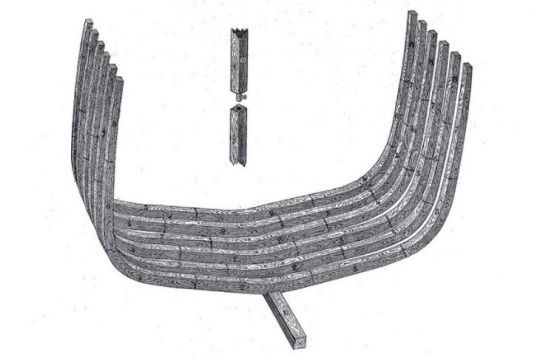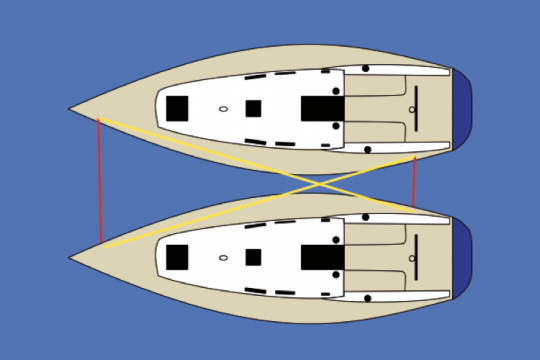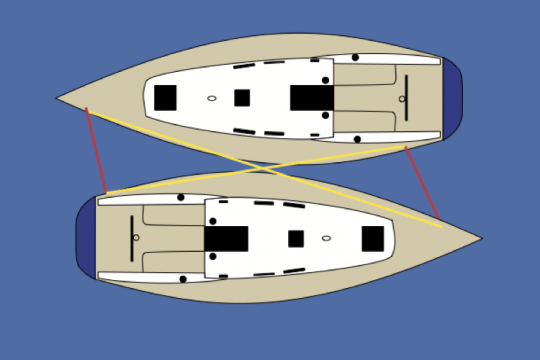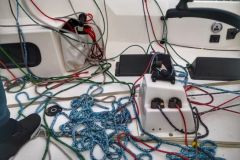A couple of boats, not a structure!
But why do we say "couple mooring"? Because there are two of us? Not at all! Together with the keel, the bow and the stern, the couples form the skeleton of the ship. They are, in a way, the ribs and they determine the shape of the boat. It is on the frames that the hull planking is nailed.

Thus, mooring to couple It is to put the couples of one boat against the couples of another.
Mooring 2 boats together
Mooring in pairs means mooring your boat to the neighboring boat. Ideally, you should be able to manage alone. Indeed, the neighboring crew, unless they are friends waiting for you, may be absent or worse, sleeping. In any case, the rule is that you should not ask for anything from the neighboring crew, even if the same rule means that you should give a hand to the arriving boat.
As with many maneuvers, this one is prepared according to the place where the boat is aimed, the currents and the wind. The target boat will be the same size (or larger) with a freeboard close enough to yours. The mooring lines will be prepared on one side or the other (at least one front and one back point) and the fenders will be placed, in number, and at the right height. You will have to make sure that the masts and spreaders do not touch each other.
Which way to dock?
Most of the time, the boats go in the same direction. If they are friendly boats, it's nicer and you can pass from one boat to the other without any inconvenience. The rules remain the same, we watch the masts and the spreaders.
Note that the guards, yellow, are the ones that keep the boats parallel with the necessary flexibility. It is therefore useless to clamp the points, in red, which will only make the fenders creak. When properly adjusted, the boats almost never touch each other.

On the other hand, if you're going to pair up with a boat whose crew you don't know, it seems preferable to go head to toe. And why is that? We mentioned above the rules of propriety, and there is one that requires you to pass in front of the mast of the neighboring boat to preserve your privacy. It is much easier if the boats are in opposite directions. You pass directly from your cockpit to the other boat's foredeck. The mooring system remains the same and the distance between the masts is facilitated.

You are now ready to share your stopovers in safety and conviviality.









